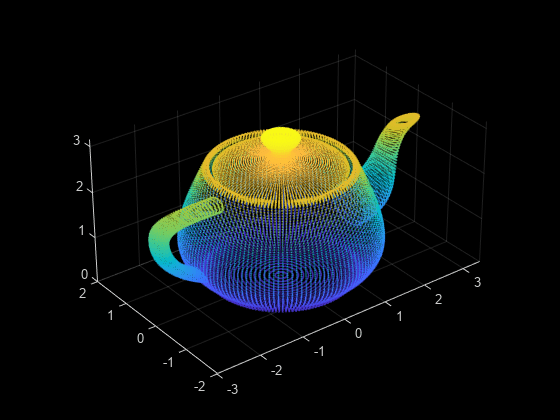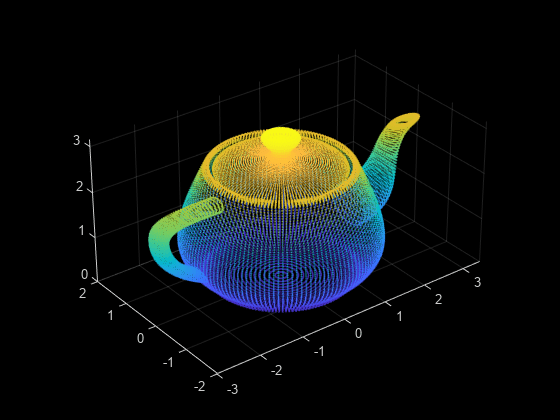pc2surfacemesh
구문
설명
[은 푸아송 복원 방법을 사용하여 입력 포인트 클라우드 mesh,depth,perVertexDensity] = pc2surfacemesh(ptCloudIn,"poisson")ptCloudIn에서 곡면 메시를 생성합니다. 이 함수는 복원 depth와 꼭짓점 밀도 perVertexDensity에 사용되는 팔진 트리 깊이도 반환합니다.
[는 푸아송 복원 방법을 위한 팔진 트리 깊이 값을 추가적으로 지정합니다.mesh,depth,perVertexDensity] = pc2surfacemesh(ptCloudIn,'poisson',inputDepth)
예제
입력 인수
출력 인수
알고리즘
버전 내역
R2022b에 개발됨참고 항목
mesh2pc | surfaceMesh | readSurfaceMesh | writeSurfaceMesh | surfaceMeshShow



